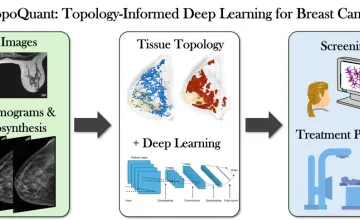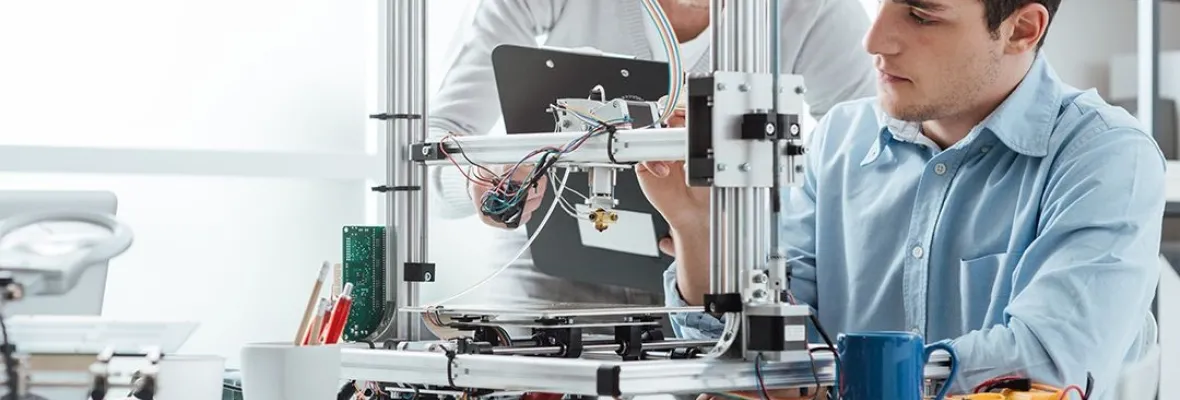AAU universities conduct a majority of the federally funded university research that contributes to our economic competitiveness, health and well-being, and national security. AAU universities are growing our economy through invention and innovation while preparing the next generation of scientists and engineers for global leadership. By moving research into the marketplace AAU universities are helping to create jobs, and provide society with new medicines and technologies.

UMD geologists uncovered evidence of a section of seafloor that sank into the Earth's mantle when dinosaurs roamed the Earth; it's located off the west coast of South America in a zone known as the East Pacific Rise.

Novel research supported by NCI could lead to more specific predictive disease models

A new University of Kansas study reveals parents seeking health care information for their children trust AI more than health care professionals when the author is unknown, and parents rate AI generated text as credible, moral and trustworthy.

Hypertension and amyloid plaques can separately cause dementia. Having both increases a person’s odds of developing cognitive decline, a new study finds
Explore More: University Research
You can filter stories by the university.
What exactly happens when you blow on a soap film to make a bubble? Behind this simple question about a favorite childhood activity is some real science, researchers have found.
Purdue University researchers are developing a novel biomedical imaging system that combines optical and ultrasound technology to improve diagnosis of life-threatening diseases.
The latest in a series of laboratory breakthroughs could lead to a more effective way to treat the most common brain cancer in children.
Patients with cardiomyopathy have abnormally short telomeres in the cells responsible for heart contraction, Stanford researchers find. This disease hallmark opens new pathways for drug discovery.
Researchers report 63 percent of breast milk samples from mothers using marijuana contained traces of the drug.
